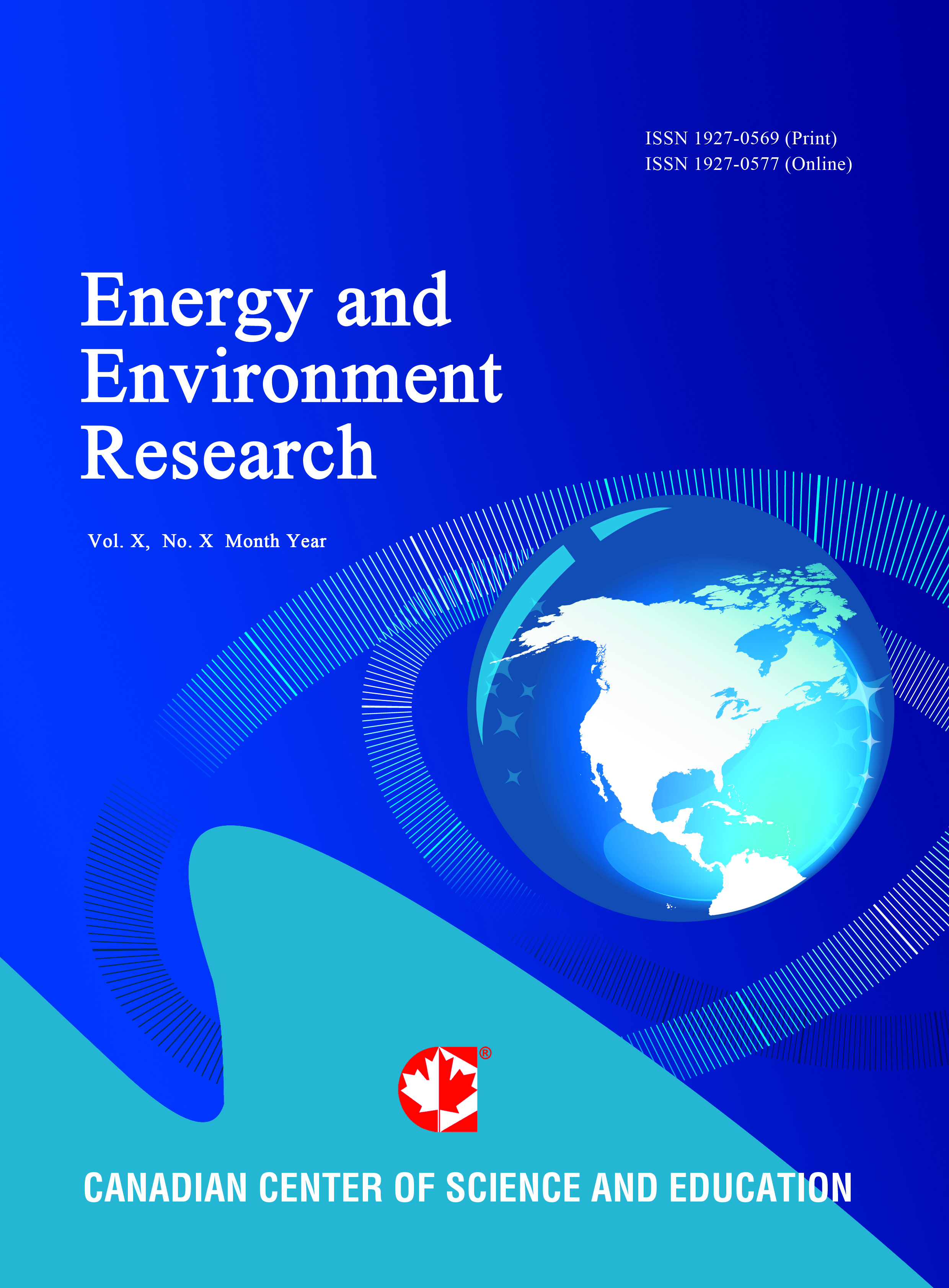Quantifying Space Heating Stove Emissions Related to Different Use Patterns in Mongolia
- Randy L. Maddalena
- Melissa M. Lunden
- Daniel L. Wilson
- Cristina Ceballos
- Thomas W. Kirchstetter
- Jonathan L. Slack
- Larry L. Dale
Abstract
A major source of particulate matter pollution in Mongolia’s capital, Ulaanbaatar, is emissions from traditional coal-burning space-heating stoves. Significant investment has been made to replace traditional highly polluting heating stoves with improved low-emission high-efficiency stoves. Performance testing that has been undertaken to support the selection of replacement stoves is typically based on manufacturers’ recommended operating procedures, which may not be representative of the operating procedures used in homes. The objective of this research is to evaluate factors that influence stove emissions under typical field operating conditions. A highly-instrumented stove testing facility was constructed to allow for rapid and precise adjustment of factors influencing stove performance. Tests were performed using one of the improved stove models currently available in Ulaanbaatar. Complete burn cycles were conducted with coal from the Ulaanbaatar region using various startup parameters, refueling conditions, and fuel characteristics. Measurements were collected simultaneously from undiluted chimney gas, diluted chimney gas, and plume gas drawn from a dilution tunnel above the chimney. Ignition events lead to increased PM emissions with more than 98% of PM mass emitted during the startup and refueling process. However, emissions during refueling are of particular interest, both because refueling is common and because refueling associated emissions appear to be very high. CO emissions are distributed more evenly over the burn cycle, peaking during ignition and late in the burn cycle. We anticipate these results being useful, in combination with behavioral surveys, for quantifying public health outcomes related to the distribution of improved stoves and to identify opportunities for improving and sustaining performance of the new stoves.
- Full Text:
 PDF
PDF
- DOI:10.5539/eer.v4n3p147
Journal Metrics
(The data was calculated based on Google Scholar Citations)
h-index (July 2022): 19
i10-index (July 2022): 53
h5-index (July 2022): N/A
h5-median(July 2022): N/A
Index
- BASE (Bielefeld Academic Search Engine)
- CiteFactor
- CNKI Scholar
- Elektronische Zeitschriftenbibliothek (EZB)
- Excellence in Research for Australia (ERA)
- Genamics JournalSeek
- Google Scholar
- NewJour
- Norwegian Centre for Research Data (NSD)
- PKP Open Archives Harvester
- Publons
- ROAD
- SHERPA/RoMEO
- Standard Periodical Directory
- Ulrich's
- Universe Digital Library
- WorldCat
Contact
- Lesley LuoEditorial Assistant
- eer@ccsenet.org
